Something approaching a miracle has been taking place in California this spring. Beginning in early March, for some portion of almost every day, a combination of solar, wind, geothermal, and hydropower has been producing more than a hundred per cent of the state’s demand for electricity. Some afternoons, solar panels alone have produced more power than the state uses. And, at night, large utility-scale batteries that have been installed during the past few years are often the single largest source of supply to the grid—sending the excess power stored up during the afternoon back out to consumers across the state. It’s taken years of construction—and solid political leadership in Sacramento—to slowly build this wave, but all of a sudden it’s cresting into view. California has the fifth-largest economy in the world and, in the course of a few months, the state has proved that it’s possible to run a thriving modern economy on clean energy.
Click here to read the full article
Source: The New Yorker
—
If you have any questions or thoughts about the topic, feel free to contact us here or leave a comment below.

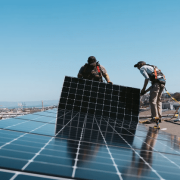
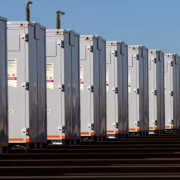
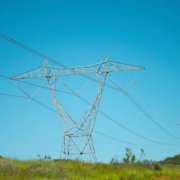
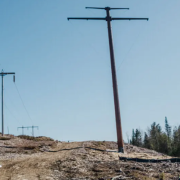
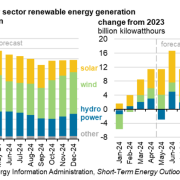
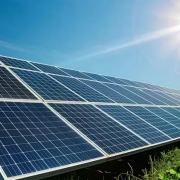
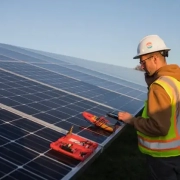
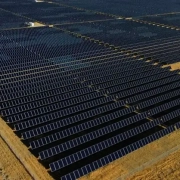

 Panel The Planet
Panel The Planet